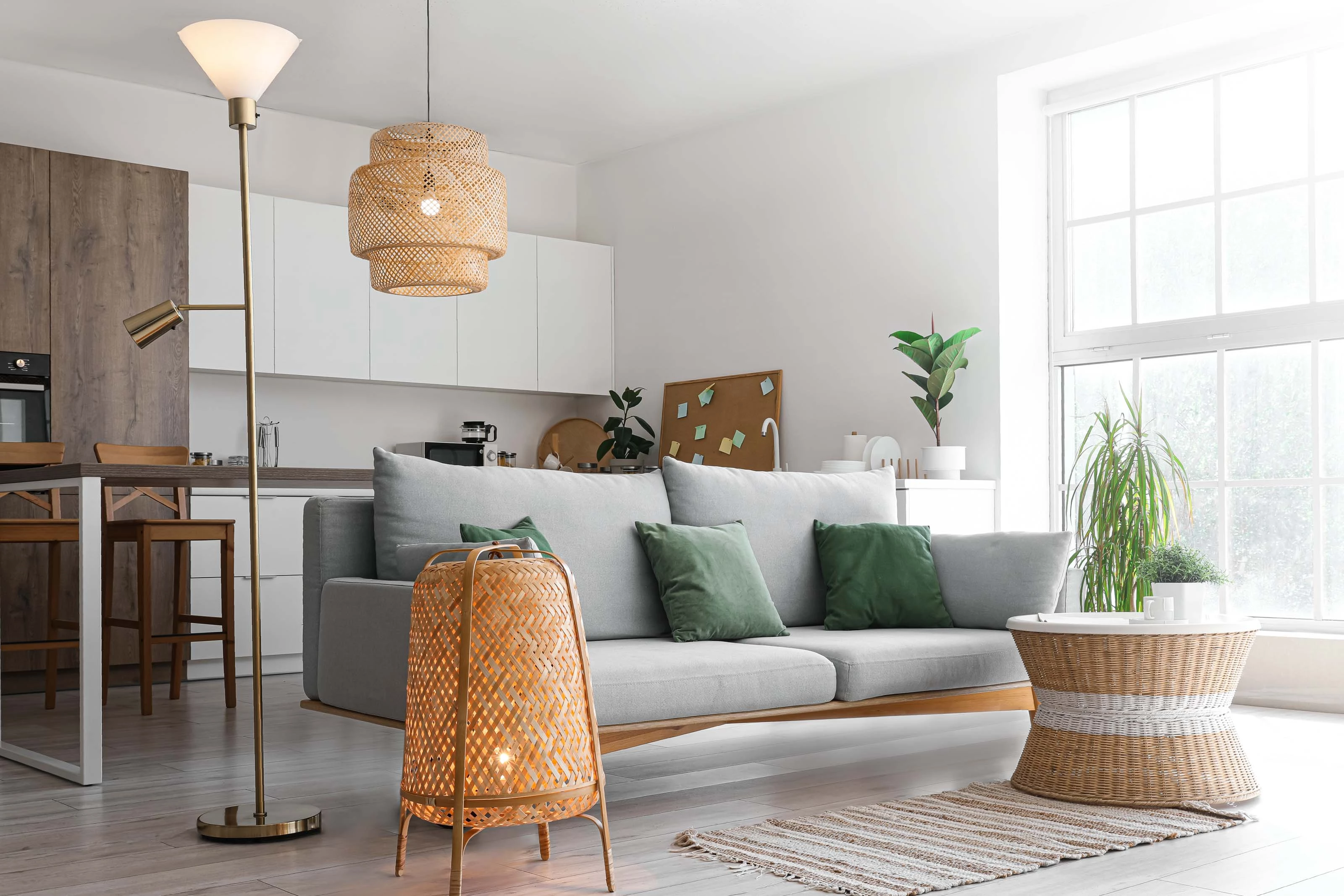Bright Ideas: Using Artificial Light to Complement Natural Light in Your Home


When it comes to home design, light does more than help you see—it shapes mood, boosts energy, and enhances your space. While natural sunlight is ideal for creating warmth and openness, it isn’t always available in every room or during all hours. That’s where artificial lighting comes in. Blending the two thoughtfully can brighten your home, make it feel more comfortable, and even improve energy efficiency.
Understanding Artificial vs. Natural Light
Natural light is sunlight that enters through windows, skylights, or glass doors. It’s free, dynamic, and brings out true colors and textures. However, it varies by time of day and weather. Artificial light, on the other hand, is human-made, like ceiling fixtures, lamps, or under-cabinet lighting. It provides consistent illumination and can be tailored to specific needs.
Each type has its strengths, but the goal is to use artificial lighting to enhance, not compete with, the available daylight.
Make the Most of Daylight First
Before introducing additional lighting, make the most of the daylight already coming into your home. Choose sheer or light-filtering window treatments that let sunlight in while reducing glare. Keep the areas around windows clear of heavy furniture or dark-colored items that absorb light. Adding mirrors across from windows can also help bounce sunlight farther into your space.
Installing vinyl replacement windows can also make a huge difference. High-quality windows like those from The Window Depot improve the amount of daylight entering your home while boosting energy efficiency.
Layer Your Artificial Lighting
To complement daylight effectively, use a layered lighting approach.
This means combining:
- Ambient Lighting: Overhead or recessed lights provide general illumination and create the foundation for your room’s lighting scheme.
- Task Lighting: Focused lighting, such as desk lamps or under-cabinet lights, helps with specific activities like reading, cooking, or working.
- Accent Lighting: Decorative options like wall sconces, LED strips, or picture lights highlight design features and add visual interest or mood.
By mixing these types, you can control the atmosphere of a room based on the time of day or activity.
Match the Temperature and Tone
Color temperature matters when pairing artificial with natural light. Daylight ranges from cool blue tones in the morning to warmer hues in the evening. Choose bulbs with a color temperature between 2700K and 3000K for a warm, cozy feel, or around 4000K for cooler, more daylight-like brightness.
Avoid harsh, overly bright bulbs in sunlit rooms. Instead, choose dimmable fixtures or smart lighting systems that adjust automatically with the natural light levels.
Smart Lighting Saves Energy
Modern smart lighting systems can sync with sunrise and sunset schedules or use motion sensors to light rooms only when needed. When combined with energy-efficient natural light solutions, like low-E vinyl windows, this approach reduces utility bills and environmental impact.
Light the Way to Better Windows
Finding the right balance between natural and artificial light not only elevates your home's atmosphere but also boosts comfort and functionality. One of the most effective ways to enhance natural light is by upgrading to energy-efficient vinyl replacement windows. At The Window Depot, we carry durable, attractive window options designed to brighten your space and help reduce energy costs.

